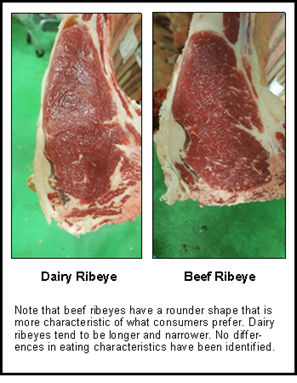
The world of beef can be a confusing place, especially when terms like “bull meat” and “cow meat” come into play. While both refer to the delicious muscle tissue of cattle, there are subtle but important distinctions between them. This article aims to shed light on these differences, exploring the unique characteristics of bull meat and how it compares to the broader category of cow meat.
We’ll delve into the flavor profiles, examine the impact of age and sex on taste, and ultimately help you understand why some people prefer the robust character of bull meat while others gravitate towards the milder notes of other beef cuts.
Bull Meat vs Cow Meat
At its core, “bull meat” refers specifically to the muscle tissue harvested from an adult male bovine. This term is often used interchangeably with “steer meat,” which indicates a castrated male bovine raised for beef production. In contrast, “cow meat” encompasses a broader spectrum of beef cuts derived from both male and female cattle of various ages.
This distinction in origin leads to some key differences in the characteristics and flavor profiles of bull meat compared to other types of beef.
Flavor Differences
One of the most noticeable distinctions between bull meat and other types of beef is its flavor profile. Many describe bull meat as having a richer, more intense, and sometimes gamier taste compared to the milder flavors often associated with cow meat. This robust character stems from several factors, including the bull’s age, diet, and overall genetics.
The higher levels of testosterone in bulls can contribute to a stronger, more pronounced flavor. Additionally, bulls are typically raised for longer periods before slaughter, allowing their muscle tissue to develop a deeper, more complex taste.
Adult Male Bovine
Adult male bovines, whether castrated or not, possess distinct physiological characteristics that influence the flavor of their meat. Bulls have larger muscle mass and denser connective tissues compared to female cattle. This can result in a chewier texture and a richer, more concentrated flavor.
The presence of testosterone also plays a role in shaping the taste profile. Testosterone contributes to the development of marbling, which is the intramuscular fat that adds tenderness and flavor to beef. Bulls tend to have higher levels of marbling than other types of cattle, further enhancing their meat’s richness and complexity.
Castration and Tenderness
Castration, a common practice in beef production, significantly impacts the tenderness of bull meat.
By removing the testicles, castration reduces testosterone levels, which can lead to a more docile temperament and a softer texture in the muscle tissue. This process is often referred to as “steering” and results in a more tender and palatable cut of meat.
Taste Preferences
Ultimately, taste is subjective, and what one person finds delicious another may not. Some individuals appreciate the robust, gamy flavor of bull meat, finding it to be a unique and satisfying culinary experience. Others prefer the milder, more familiar taste of other types of beef.
There’s no right or wrong answer when it comes to personal preference. Exploring different cuts of beef and experimenting with various cooking methods can help you discover your own favorites.
Conclusion
The distinction between bull meat and cow meat lies primarily in the origin and age of the animal. While both terms refer to bovine muscle tissue, bull meat specifically denotes meat from an adult male bovine, often castrated for tenderness.
This unique characteristic contributes to a richer, more intense flavor profile that some find appealing while others may prefer the milder taste of other beef cuts. Ultimately, the choice between bull meat and cow meat comes down to personal preference and individual taste buds.
